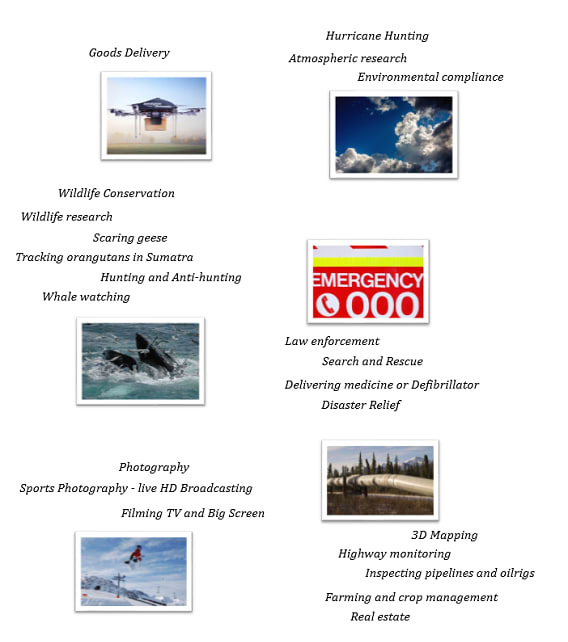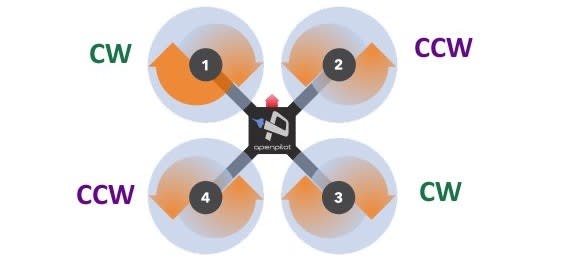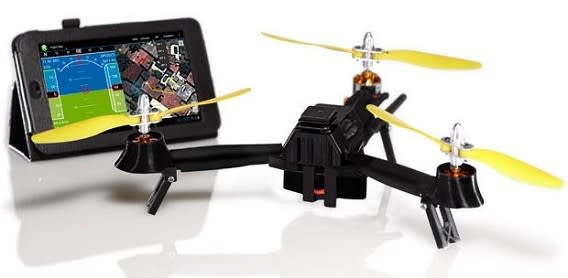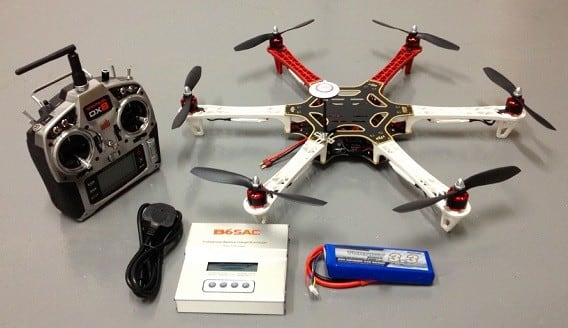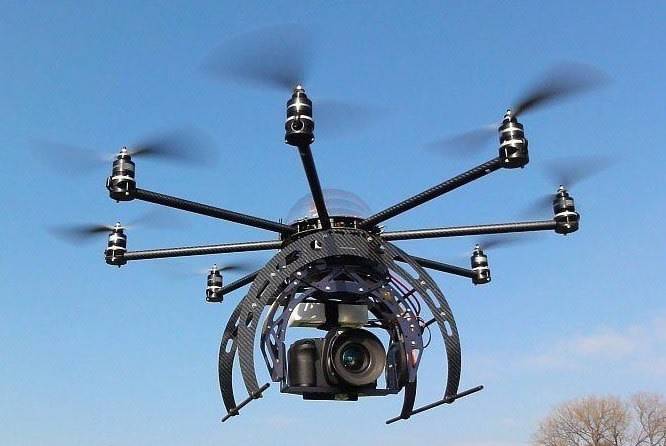Rise of the Drones
Follow articleHow do you feel about this article? Help us to provide better content for you.
Thank you! Your feedback has been received.
There was a problem submitting your feedback, please try again later.
What do you think of this article?
Just a few years ago, drones or unmanned aerial vehicles (UAVs) were virtually unknown. Since then, these unmanned aerial vehicles have seen massive growth in manufacture, sales, uses and potential applications. How UAVs will affect our lives in the future remains to be seen but one thing is for sure they will have a profound impact on many industries.
Everywhere you look UAVs are flying across headlines and the technology is changing the way we interact with the world around us, from live broadcast of sporting events, real estate imagery, rescue services as a second set of eyes in the sky, military offense or surveillance, ambulances delivering lifesaving medical supply, goods delivery services, film making, recreational uses and hobbyists.
Whilst all this is great there are serious safety and invasion of privacy concerns that aviation authorities around the world are trying to address, some countries already have guidelines for hobbyists and strict regulations for commercial activities however not all countries are in harmony on good all round practices.
The applications for UAV are growing at an extremely fast rate which fall into hobbyist, commercial and military.
Market Sectors and interesting applications include;
Music video of ‘OK Go – I Won’t Let You Down’ was filmed in one continuous shot using a UAV; this type of filming would not of been possible a few years ago.
UAVs come in various formats but can be broken into two topologies 1) fixed wing or 2) multirotor.
Fixed wing resemble a traditional airplane design, we have seen these on the news typically military use with terrifying names like watch keeper or predator.
Multirotor is where the whole UAV thing opens up and for me at least is where the excitement begins it encompasses the traditional style helicopter with a large rotor with cyclic adjustment and a small rotor to control the direction its facing.
Non traditional multirotors mainly have a number of arms with fixed pitch propellers which are set equidistance apart, to control the movement of the multirotor is achieved by speeding or slowing down the propellers to achieve the desired movement.
Here we can see the standard terminology for an aircraft movement,
The yaw relates to horizontal rotation that relates to the direction the aircraft is facing. Pitch is rotation for moving the front and tail end up and down with the front down the UAV will move forward or vice versa and Roll is the rotation from side to side this makes it move to the right or left.
Here we see a 4 rotor UAV typically known as a Quad or Quadcopter. (Image courtesy from OpenPilot open source UAV autopilot )
For this to fly we have 4 equally sized prop / motor configuration, two of the props generate down thrust in a clock wise rotation and the other two in a counter clockwise rotation, the reason for this is to prevent the quad from spinning having equal rotational forces in a clockwise and counter clockwise directions negates the twisting forces that you might expect if all props were spinning in the same direction.
By speeding up or slowing down certain pairs of props we can achieve all the directional movements of Roll, Pitch and Yaw.
For example if we speed up props 3 and 4 the back of the quad will tilt up causing it to fly forward, if we speed up props 2 and 3 the right hand side of the quad will tilt up causing it to fly to the left, by proportionally doing both we can get the quad to fly forward and to the left. This principle can be applied to any combination of props to achieve flight in any direction.
Now if we speed up props 2 and 4 the quad will rotate about the horizontal axis in a clockwise direction and similarly if we speed up props 1 and 3 the quad will rotate in a counter clockwise direction.
Whilst in this example we see a quad there are other configurations of multirotor that use this similar principle, a hexcopter use 6 props 3 in cw and 3 in ccw whilst an octocopter uses 8 props 4 in cw and 4 in ccw. One other UAV that we see is a tri copter this uses 3 props 2ccw and 1cw and also employs a servo to tilt the angle of the 2nd ccw prop to control yaw movement.
A very small foldable tricopter from the company Pocket Drone.
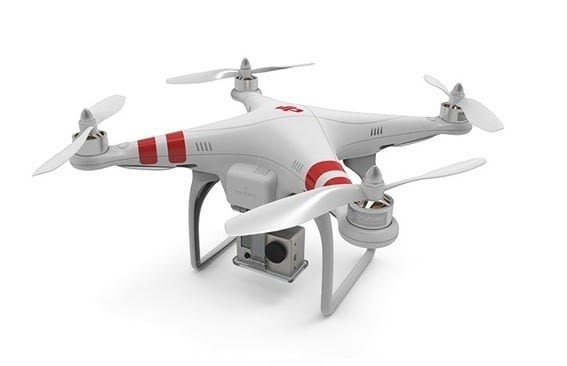
A kit built Hexacopter
A heavy lift Octocopter carrying an SLR camera from Droidworx
Now to see this is in action with one of the most exhilarating uses for UAV is racing, have you every wanted to fly a pod racer from the sci-fi film stars wars or ride a 74-Z speeder bike in the woods on planet Endor, well this possibility is here, with FPV racing. Each machine is equipped with a small camera mounting on the UAV that is then transmitted back to a screen or video goggles to give you the experience of actually sitting in the craft whilst tearing around. This has proved to be very addictive and 2015 will see the start of officially run races as part of the Aerial Grand Prix.
Over this series of Blogs I will be touching on the major aspects of UAVs, if you are considering getting your first UAV then I will be running through a build of a multirotor UAV, covering different payloads and uses, safety aspects and all things related to UAV. Next time will be looking at build a UAV verses buy a UAV the benefits and what is currently available.
Greg Spencer
Lorian – Aerial Technology Systems



